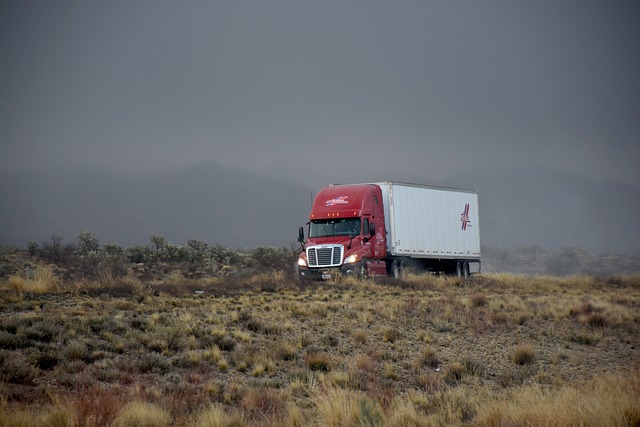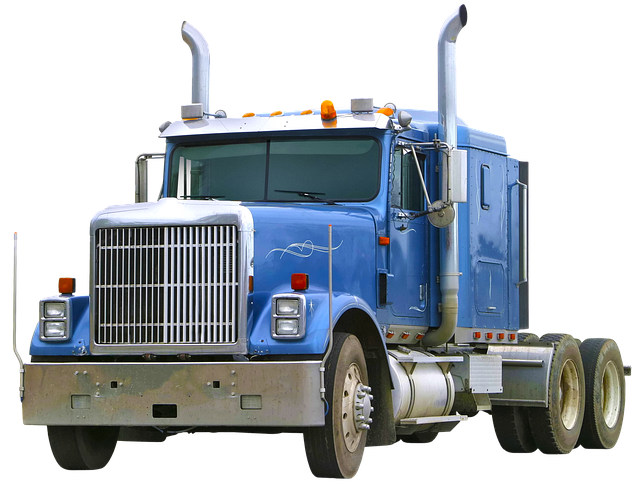Trucking businesses must prioritize proactive safety measures to reduce trucking workers compensation (WC) claims, driven by physically demanding jobs, long hours, and increasing road hazards. This includes strategic initiatives like hazard analysis, open communication, regular training, advanced technologies, and robust risk mitigation strategies. Leveraging data analytics and technology allows companies to identify patterns, develop targeted safety programs, and personalize risk profiles, ultimately fostering a safer work environment in the trucking sector.
In the dynamic world of trucking, managing risks is paramount. Understanding the intricate landscape of trucking workers’ compensation (WCC) claims is crucial for proactive safety measures. This article explores strategic initiatives aimed at mitigating risks and reducing WCC claims. From comprehensive training programs to leveraging technology and data analytics, discover how a proactive approach can transform safety culture in the trucking industry. Learn about evidence-based methods to predict and prevent accidents, fostering a safer work environment.
Understanding Trucking Workers' Compensation: The Current Landscape

Trucking businesses operating in today’s competitive landscape must prioritize proactive safety measures to mitigate risks and reduce workers’ compensation (WC) claims. WC costs can significantly impact profitability, with claims stemming from a range of factors including accidents, injuries, and occupational illnesses. The current landscape of trucking WC reveals several trends that underscore the need for proactive initiatives.
First, the number of truck driver-related WC claims has been steadily rising due to the physically demanding nature of the job, long hours, and increasing road hazards. Second, many claims result from preventable accidents caused by fatigue, poor vehicle maintenance, or unsafe loading practices. Understanding these dynamics is crucial for developing effective strategies that foster a safer work environment, thereby reducing claim frequency and associated costs.
Proactive Safety Initiatives: A Strategic Approach to Risk Mitigation

In the realm of trucking, where safety is paramount, proactive initiatives are key to mitigating risks and reducing workers’ compensation claims. By adopting a strategic approach, companies can transform their safety programs from reactive measures to proactive solutions. This involves a comprehensive analysis of potential hazards and implementing tailored strategies to eliminate or minimize these risks.
A proactive safety culture encourages open communication, regular training, and the adoption of innovative technologies. For instance, introducing advanced vehicle systems with collision avoidance features, investing in personal protective equipment, and fostering a reporting system that encourages drivers to identify and address concerns without fear of retaliation can significantly lower the risk of accidents and subsequent workers’ comp claims.
Implementing Effective Training Programs for Driver Safety

Implementing robust training programs is a proactive approach to significantly reducing trucking-related workers’ compensation claims. These programs should cover a comprehensive range of safety topics, with a particular focus on driver behavior and road conditions. By equipping drivers with the necessary skills and knowledge, companies can minimize hazardous situations and create a safer work environment. Regular, mandatory training sessions on defensive driving techniques, vehicle maintenance, and hazard recognition can empower drivers to make quick decisions that prevent accidents.
Moreover, training should extend beyond basic skills. It should include scenario-based exercises that simulate real-world challenges, allowing drivers to practice their response in a controlled setting. This prepares them for potential risks they may encounter on the road. Regular reviews and updates of training materials are essential to keep up with changing regulations and emerging safety concerns within the trucking industry, further reducing the likelihood of workers’ compensation incidents.
Utilizing Technology and Data Analytics to Predict and Prevent Claims

In the world of trucking, where safety is paramount, leveraging technology and data analytics offers a powerful tool to predict and prevent workers’ compensation claims. By employing advanced algorithms and machine learning models, companies can analyze vast amounts of historical data to identify patterns and trends in workplace injuries. This data-driven approach allows for the proactive development of safety initiatives tailored to specific risks associated with trucking operations. For instance, analyzing crash data can reveal common causes, enabling employers to implement targeted training programs that address these issues.
Through the use of sensors and Internet of Things (IoT) devices, real-time tracking of driver behavior and vehicle performance becomes feasible. This technology enables managers to monitor unsafe practices, such as abrupt braking or speeding, and promptly intervene. By combining this data with advanced analytics, companies can create dynamic risk profiles for each trucker, allowing for personalized safety measures. As a result, trucking firms can move away from reactive compensation management towards a proactive safety culture, ultimately reducing claims and fostering a safer work environment.
By proactively implementing safety initiatives, including comprehensive driver training and leveraging technology for data-driven risk mitigation, trucking companies can significantly reduce workers’ compensation claims. These strategic approaches not only foster a culture of safety but also contribute to operational efficiency and cost savings in the long run. Understanding the current landscape of trucking workers’ comp and adopting innovative solutions are key steps towards creating a safer and more sustainable work environment for drivers.
